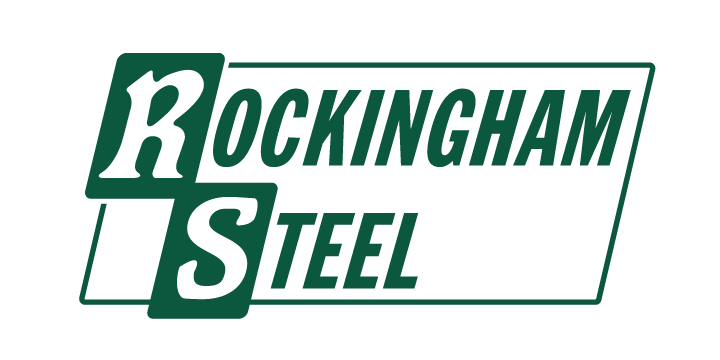Rebar Fabrication
Commercial
Highways
Civil Dams
Waste Water Treatment Plants
Stainless
Coated Rebar
Rebar fabrication, short for reinforcing bar fabrication, is a crucial process in construction and civil engineering that involves the production of reinforced steel bars, commonly known as rebar. Rebar is a key component in concrete structures, providing the necessary tensile strength to reinforce and support the concrete. It is used to enhance the structural integrity and durability of various construction projects, including buildings, bridges, roads, and other infrastructure.
Rebar fabrication plays a critical role in ensuring the structural integrity and longevity of concrete structures. The quality of the rebar and the precision of its fabrication directly impact the safety and stability of buildings and infrastructure. Properly fabricated rebar helps concrete withstand various stresses, such as tension, compression, and shear forces, which are encountered during the life of a structure.
The rebar fabrication industry continues to evolve with advancements in technology, automation, and materials. This evolution aims to improve efficiency, reduce waste, and enhance the overall quality of rebar products. As construction practices and engineering standards develop, rebar fabrication remains an integral part of the construction process, helping to build safer, stronger, and more resilient structures.
The rebar fabrication process typically involves several essential steps:
Rebar fabrication, short for reinforcing bar fabrication, is a crucial process in construction and civil engineering that involves the production of reinforced steel bars, commonly known as rebar. Rebar is a key component in concrete structures, providing the necessary tensile strength to reinforce and support the concrete. It is used to enhance the structural integrity and durability of various construction projects, including buildings, bridges, roads, and other infrastructure.
The rebar fabrication process typically involves several essential steps:
Material Selection: The first step in rebar fabrication is selecting the appropriate raw materials. High-quality steel is commonly used because of its strength, durability, and corrosion resistance. The steel used in rebar fabrication should meet specific standards and requirements set by relevant industry codes and regulations.
Cutting and Bending: Once the steel is acquired, it needs to be cut and bent to the desired shapes and lengths. Modern rebar fabrication facilities often use computer-controlled machines to precisely cut and bend the steel according to the specifications provided by the engineering and design plans. These machines help ensure accurate dimensions and consistent quality.
Assembly: After the steel bars are cut and bent to the required shapes, they may be assembled into cage-like structures or other configurations, depending on the project's design. These assemblies are typically done manually or with the help of machines.
Welding: In some cases, rebar may need to be welded together to create larger, more complex shapes or to connect different sections. Welding is a critical skill in rebar fabrication, as the quality of welds directly affects the structural integrity of the final product.
Quality Control: Throughout the fabrication process, quality control measures are essential to ensure that the rebar meets the necessary standards and specifications. This involves inspections, testing, and the rejection of any substandard or defective pieces.
Coating and Protection: To enhance corrosion resistance, rebar may be coated with epoxy, zinc, or other protective materials. The choice of coating depends on the specific project requirements and environmental conditions.
Packaging and Delivery: Once the rebar has been fabricated and inspected, it is packaged and prepared for delivery to the construction site. Proper packaging and handling are crucial to prevent damage during transport.
